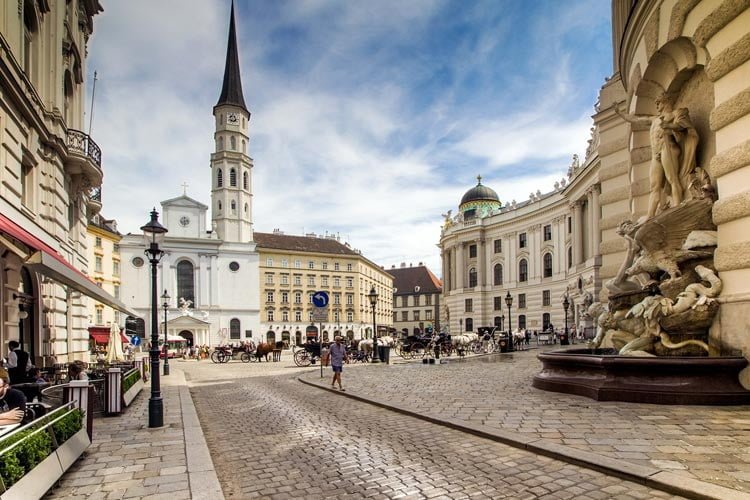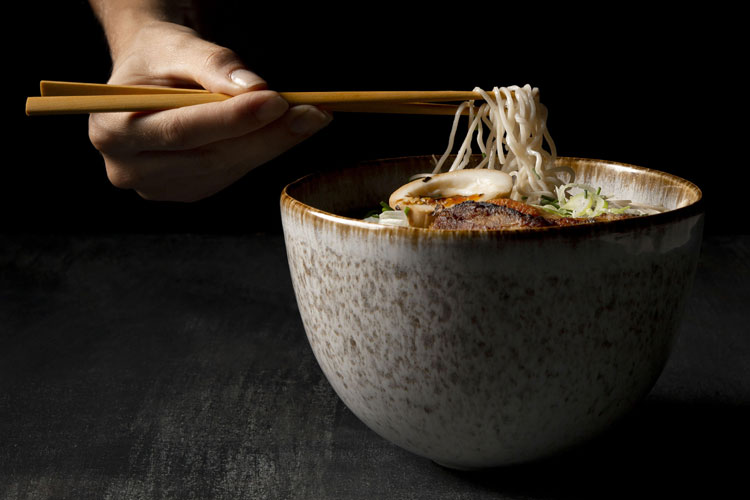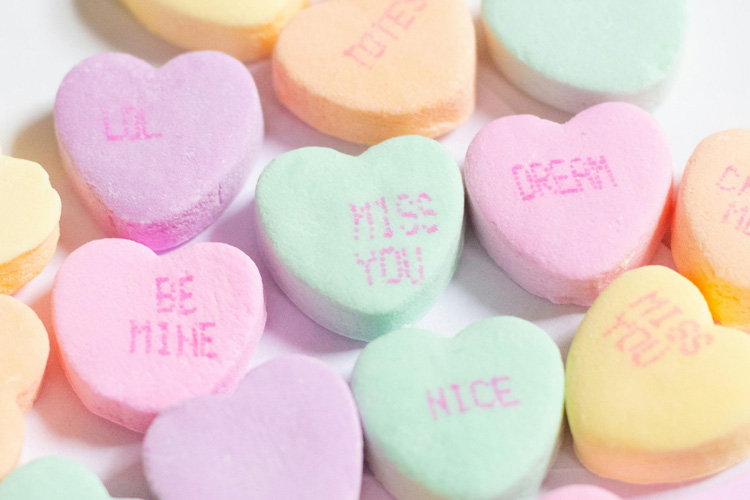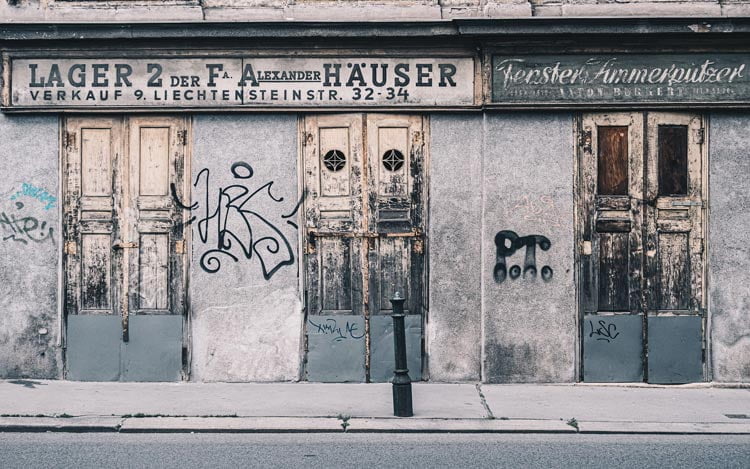
Experience Vienna’s history up close
Vienna is a city with a rich history and culture. It is known for its grand buildings, historical sites and vibrant music and art scene. Like any city, there are places in Vienna that once existed and are now gone. On this tour, we’ll go on a treasure hunt and discover some of these lost places.
Remains of Antiquity
Did you know that the Michaelerplatz in Vienna houses an impressive find from antiquity? In the early 90s, extensive archaeological excavations on the square revealed the foundations and walls of several houses from Roman antiquity. This discovery was of great significance to archaeologists and history enthusiasts as it provided insight into the everyday life of the Romans in this area.
The Michaelerplatz was once located in the Canabae, the civilian settlement outside the Roman legionary fortress of Vindobona. This is where the soldiers’ families lived, and it was also the place where they spent their leisure time.
There were many shops, taverns, and even brothels catering to the needs of the soldiers. The houses found on the square were quite luxurious. They had underfloor heating and the walls were painted with magnificent frescoes.
It is impressive to see how advanced the Romans were in terms of construction and living comfort and these findings give us a glimpse into their everyday lives.
Unfortunately, most of these ancient remains are no longer accessible or only partially visible today, as they are hidden under the buildings and streets of the Michaelerplatz. Nevertheless, it is interesting to know that these historical treasures lie right under our feet and remind us of Vienna’s magnificent past.
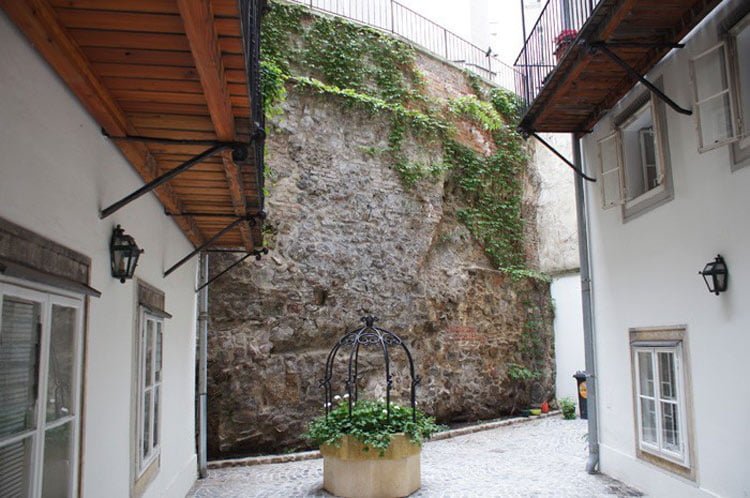
The Old City Wall
The old city wall in Vienna has a long and interesting history. For centuries, the inner city was surrounded by a sturdy wall with massive bastions, complemented by a nearly 500–meter–wide open space called the Glacis.
This wall served as a shield for the city against attacks from outside, particularly during the Turkish siege in 1683, when it fully served its purpose. But over time, technology had advanced and the wall was no longer able to stand up to modern military technology.
Furthermore, it hindered the rapid growth of the city, and a decision was made to tear down the wall. In 1857, Emperor Franz Joseph I issued a decree to demolish the old city wall and instead build a magnificent Ringstraße to impress the high society of Vienna.
Unfortunately, today very little of the original city wall remains. Across from the university, however, you can still walk on the beautiful Mölker-Bastei, and even at the Palais Coburg there are still remnants of the old wall. These remnants remind us of the important role the old city wall played in Vienna’s past and are a fascinating chapter in its history.
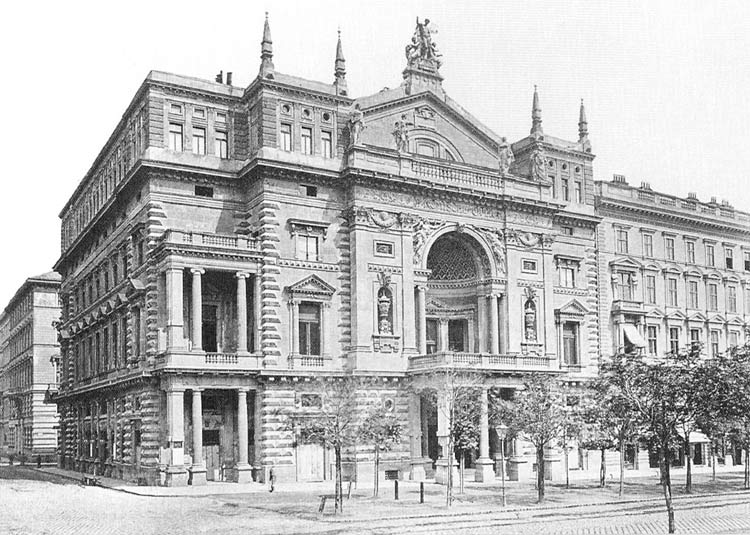
The Ring Theater
The Ring Theater in Vienna was known in the 19th century for light music, in contrast to the large theaters or the State Opera, and thus provided entertainment for a wide audience. With more than 1700 seats, it was a popular entertainment venue for the Viennese population.
Unfortunately, the theater was destroyed by a fire in 1881, in which more than 300 people lost their lives. The fire was described as “a chain of typical Viennese carelessness,” as an attempt to light a defective gas light caused the theater curtain to catch fire.
Within a short time, the theater was on fire, as the doors were opened inward and people panicked, it was impossible to open the theater. The mandatory emergency water supply was also turned off on that day, as well as the emergency lighting. Later, the Sühnhaus was built on the site of the Ring Theater, donated and paid for by Emperor Franz Joseph I.
One of the most famous tenants of the house was Sigmund Freud, who had his first office there. The building was finally destroyed in the war in 1945, today on the site at Schottenring stands the Landespolizeidirektion Vienna.
Live in Vienna and discover the city!
Coliving in Vienna offers you high-quality furnished apartments for rent at affordable prices and flexible durations. Become part of the whole and enjoy your dream apartment as well as the many advantages of our large international CoLivi community. Get your CoLivi now and share this unique experience with other like-minded people.
In addition to furnished apartments, we also offer the option of Flatshare in Vienna or short term rentals in Vienna. If you are a young worker, traveller or new in town we offer affordable ways for schooling, studying and remote work. Find a comfortable room and check out our student apartments in Vienna.
You are in Vienna and need accommodation besides your studies? ➟ Vienna apartments for rent
Always worth a visit
Those who now have a desire to delve deeper into the city’s history have several options to discover old Vienna.
The Vienna Museum
The Vienna Museum houses a comprehensive collection of topographical views that document the city’s architectural development over time. “Lost Places and Buildings” is specifically dedicated to places that were destroyed or demolished since the demolition of the city walls.
Examples include the synagogues destroyed during the National Socialism, war losses such as the Philipphof, or places like the “Dutch village” at Hameau.
The Art Historical Museum Vienna
The Art Historical Museum Vienna is one of the world’s best–known and most respected museums.It is located in the historical Ringstraße era and together with the Natural History Museum, it is one of the most important historical buildings in Vienna.
The museum houses a comprehensive collection of works of art, including masterpieces by Raphael, Vermeer, Velazquez, Rubens, Rembrandt, Dürer, Tizian, and Tintoretto. Visitors can also experience significant collections of ancient and Egyptian-Oriental art objects. A special highlight of the museum is the Kunstkammer, which was reopened in March 2013 after a lavish renovation.
The collection is considered one of the most important art chambers in the world and presents treasures from the Middle Ages, the Renaissance and the Baroque, including the Kunstkammer of Emperor Rudolf II, the Exotica complex and the famous Saliera.
Directly opposite the Kunsthistorisches Museum is the Natural History Museum, which takes visitors on a journey through the history of the earth and the diversity of nature.

Imperial Treasury Vienna
The Imperial Treasury in the Hofburg in Vienna houses some of the most valuable and significant objects from the former collections of the House of Habsburg and Habsburg-Lorraine. The exhibition, which comprises 23 rooms, is divided into two main sections: the Ecclesiastical Treasury and the Secular Treasury.
The Imperial Treasury became part of the Kunsthistorisches Museum after the end of the monarchy in 1918, and is located in the Schweizertrakt, the oldest part of the Hofburg. Visitors have the opportunity to gain a unique insight into the past of the monarchy and to see some of the most valuable objects from history.
Whether strolling through the city center or visiting one of the many museums, libraries, and exhibitions, the history of Vienna can still be experienced firsthand today!

